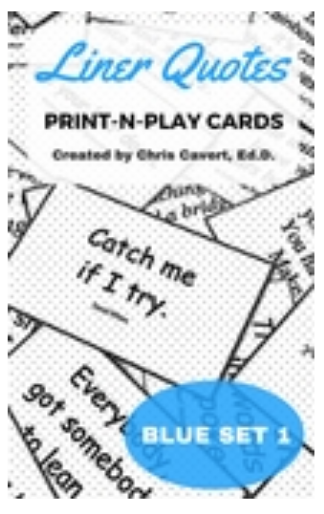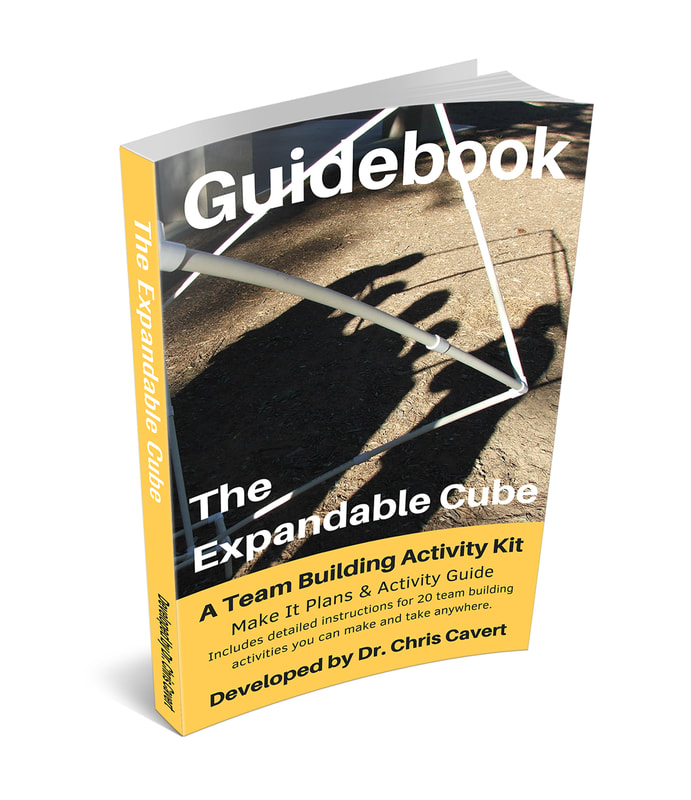|
UPDATE ALERT: The PDF Download below is the most recent version (as of 7/11/2021) of Count Me In (the most recent name for this Spider Web challenge). It includes self-directed instructions you can hand off to the group - they figure out the expectations and process. Let us know how this works for you - leave a Comment below.
|
| spiderweb_countmein_3.0.pdf |
Why I like this one:
- It provides everyone in the group an opportunity to contribute (points) to the challenge /task.
- Everyone chooses his/her Web opening based on what they believe they can can do, either on their own or with the help of the group - so, there is an option for those who want to try going through the Web on their own. (This honors everyones level of comfort).
- The process allows for multiple attempts in order to reach the groups full potential - reach the highest score they know they can accomplish. A nice goal setting opportunity.
- Before my program starts I draw a quick outline of the Spider Web at the course I'm working on and then assign a point value to each usable hole (as shown in one of my more recent drawings above - always on my program outline/list of activities I plan to use).
- When (and if I want to use it) I bring my group to the Spider Web and ask them what they believe they need to accomplish for this challenge. They pretty much figure out they have to go through the Web to the other side. And, someone usually guesses people have to be lifted through the upper holes.
- (Note: I have not gone though a lift sequence with them, yet.)
- I confirm their guess(es), that reaching the other side is the objective, but each person has the option to decide how to get there.
- I show them the numbered scoring map of the Spider Web. I ask them, how many points, as a group, they believe they can acquire getting to the other side? (What Can You Get?) Each person in the group 'gets' to choose for themselves, how many points they believe they can contribute to the group's score on their first attempt. Any hole can be used more than once, however, if a string is touched during an attempt to go through a hole, the person going through will only receive 5 points for trying. Then I tell them, they (the group) will have the opportunity to make another attempt if they all agree to do so.
- Once the group begins their process, anyone can change his/her hole preference - either a higher, lower, or the same score. (Once they see how the group is performing together they might want to pick an easier or more challenging hole.)
- After the group score/goal is established, I let them start. If someone in the group is willing to be lifted through any of the holes, I will then teach them my expectations of lifting each other, and we will do some skill development training/practice before going through the Web. (In my experience, there have been two groups, so far, that did not choose to use the higher holes - and they were alright with this. We had a good conversations with both groups about why they chose what they did.)
- As always with the Spider Web, I placed myself in critical spotting areas as they worked in order to keep my hands near the person being lifted.
- After the first attempt, we find out the score. They can meet their goal, exceed their goal or fall short. We have a conversation about where they ended up.
- After the processing, I ask them if they would like another attempt in order to improve their score or do they think this is the best score they want to accept at this time? We work through each person's choice and honor what we hear. We then make another Web attempt or move on to the next activity.
All the best! Have FUN out there my friends.
Chris Cavert, Ed.D.








 RSS Feed
RSS Feed